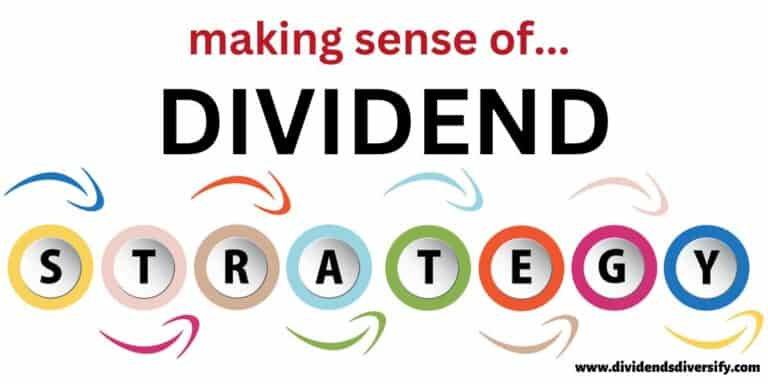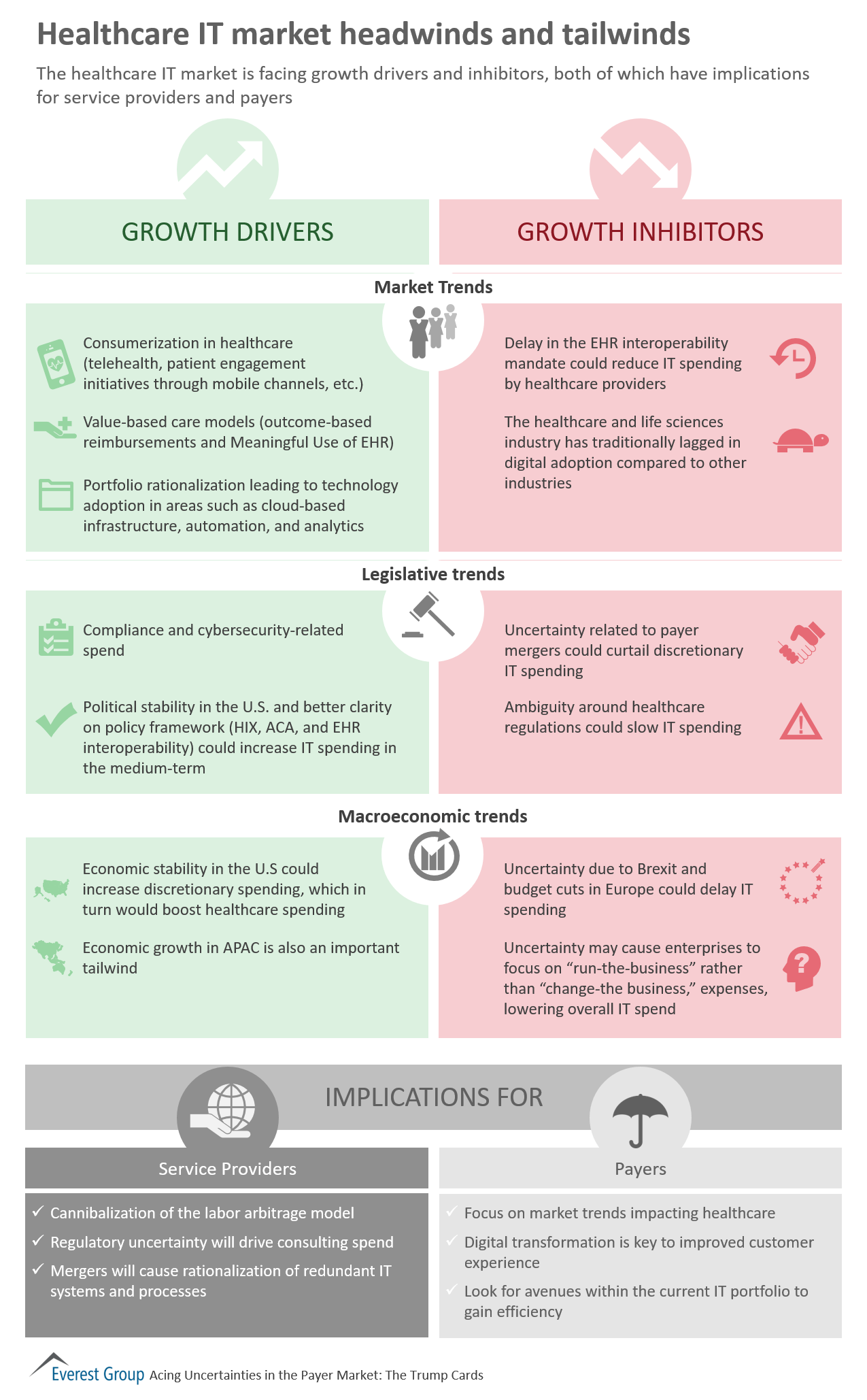A Simple, High-Profit Dividend Strategy For Beginners And Experts

Table of Contents
Understanding Dividend Investing Basics
What are Dividends?
Dividends are payments made by a company to its shareholders from its profits. These payments represent a share of the company's success and are a key component of many investors' passive income strategies. It's important to understand the difference between dividend yield and dividend payout ratio. Dividend yield is the annual dividend per share divided by the stock price, expressed as a percentage. It shows how much you'll receive relative to your investment. The dividend payout ratio, on the other hand, shows the percentage of a company's earnings paid out as dividends. A high yield doesn't always mean a good investment; understanding the payout ratio is crucial.
For example, companies in sectors like Real Estate Investment Trusts (REITs), utilities, and consumer staples often offer attractive dividend yields. REITs, known for their consistent dividend payouts, are a good example. Consider researching companies like Realty Income (O) or Welltower (WELL) for potential high-dividend options.
Types of Dividend Stocks
Dividend stocks are categorized based on their payment schedules and growth characteristics. Some companies pay dividends quarterly, while others pay annually or even semi-annually. Understanding the payment frequency is important for cash flow planning.
-
Growth Stocks: These companies reinvest most of their earnings to fuel expansion, resulting in potentially higher future dividends but lower current payouts. Examples include technology companies that prioritize growth over immediate dividend distribution. (Consider researching companies like Microsoft (MSFT) for a growth example; note that even high-growth companies may start offering dividends as they mature.)
-
Income Stocks: These prioritize consistent dividend payments over aggressive growth. They are often established companies with a long history of dividend payments, sometimes referred to as "dividend aristocrats." (Examples include companies like Johnson & Johnson (JNJ) known for their strong dividend history.)
Consistency and a history of dividend growth are crucial factors. Look for companies with a track record of increasing dividends year after year.
Assessing Dividend Sustainability
Before investing, it's vital to assess the sustainability of a company's dividend payments. Examine the company's financial health using readily available resources like financial statements found on websites like Yahoo Finance or Google Finance.
- Key Metrics:
- Debt-to-equity ratio: A high ratio suggests high debt, which could hinder future dividend payments.
- Payout ratio: This should be comfortably below 100%; a high payout ratio indicates the company is paying out a large portion of its earnings, potentially jeopardizing future payments.
- Free cash flow (FCF): This is the cash a company has left after paying its operating expenses and capital expenditures. Strong FCF is essential to support dividend payments.
Analyzing these metrics helps determine if a company can reliably sustain its dividend payments in the long term. Free online resources and tutorials can help you understand financial statements.
Building Your High-Profit Dividend Portfolio
Diversification is Key
Diversification is paramount in mitigating risk. Don't put all your eggs in one basket! Spread your investments across different sectors and companies to reduce the impact of any single company's underperformance. A good starting point is to diversify across 10-20 different stocks.
Selecting High-Yield, Low-Risk Dividend Stocks
Identifying promising dividend stocks involves a systematic approach.
- Actionable Steps:
- Use online stock screeners to filter stocks based on criteria such as dividend yield, payout ratio, and growth rate. Many brokerage platforms and financial websites offer these tools.
- Perform fundamental analysis to assess a company's intrinsic value and future potential. This involves examining financial statements and industry trends.
- Look for companies with a consistent history of dividend increases and a strong balance sheet.
Example screening criteria might include: dividend yield above 3%, payout ratio below 60%, and a history of consistent dividend growth.
Reinvesting Dividends for Compounding Growth
Dividend reinvestment plans (DRIPs) allow you to automatically reinvest your dividend payments to purchase more shares. This accelerates wealth building through the power of compounding.
- Example: If you receive $100 in dividends and reinvest it, those shares generate more dividends in the future, which are again reinvested, creating a snowball effect.
This strategy significantly enhances long-term returns.
Managing Your Dividend Portfolio
Regularly review and rebalance your portfolio to ensure it aligns with your financial goals and risk tolerance.
- Monitoring: Track dividend payments, company performance, and market conditions.
- Adaptability: Adjust your strategy as needed based on changes in the market or your personal circumstances.
Avoiding Common Dividend Investing Mistakes
Chasing High Yields Blindly
Don't be lured by exceptionally high yields without carefully examining the underlying company's financial health. A high yield can sometimes indicate underlying financial problems or unsustainable practices.
Ignoring Dividend Cuts or Suspensions
Monitor companies for potential dividend cuts or suspensions. Be prepared for unexpected changes and have a plan in place to manage such events.
Emotional Investing
Avoid impulsive decisions driven by fear or greed. Stick to your long-term investment strategy.
Conclusion
This simple, high-profit dividend strategy, while seemingly straightforward, requires careful planning and execution. By understanding the basics of dividend investing, diversifying your portfolio, and diligently selecting strong companies, you can create a sustainable stream of passive income. Remember to always conduct thorough research and consider seeking advice from a financial professional before making any investment decisions. Start building your own high-profit dividend portfolio today and begin your journey to financial freedom through smart dividend investing!

Featured Posts
-
 Yankees Aaron Judge A Future Hall Of Famer After 1 000 Games
May 11, 2025
Yankees Aaron Judge A Future Hall Of Famer After 1 000 Games
May 11, 2025 -
 Foreign Airlines Acquire 25 Of West Jet Marking Onex Investment Exit
May 11, 2025
Foreign Airlines Acquire 25 Of West Jet Marking Onex Investment Exit
May 11, 2025 -
 Mueller Weighs Future Options Following Bayern Munich Departure
May 11, 2025
Mueller Weighs Future Options Following Bayern Munich Departure
May 11, 2025 -
 Chinas Impact On Bmw And Porsche Market Headwinds And Strategic Responses
May 11, 2025
Chinas Impact On Bmw And Porsche Market Headwinds And Strategic Responses
May 11, 2025 -
 Indy 500s 2025 Rule Changes A Potential Threat To Driver Safety
May 11, 2025
Indy 500s 2025 Rule Changes A Potential Threat To Driver Safety
May 11, 2025
